The Apostle of Freedom, Vasil Levski, is the most indisputable and inspiring person for Bulgarians. The 150th anniversary of his tragic death is an occasion to pay tribute to this bright Bulgarian icon by visiting some of the most emblematic places related to his life and his revolutionary and educational activities.
Let's start with his hometown of Karlovo
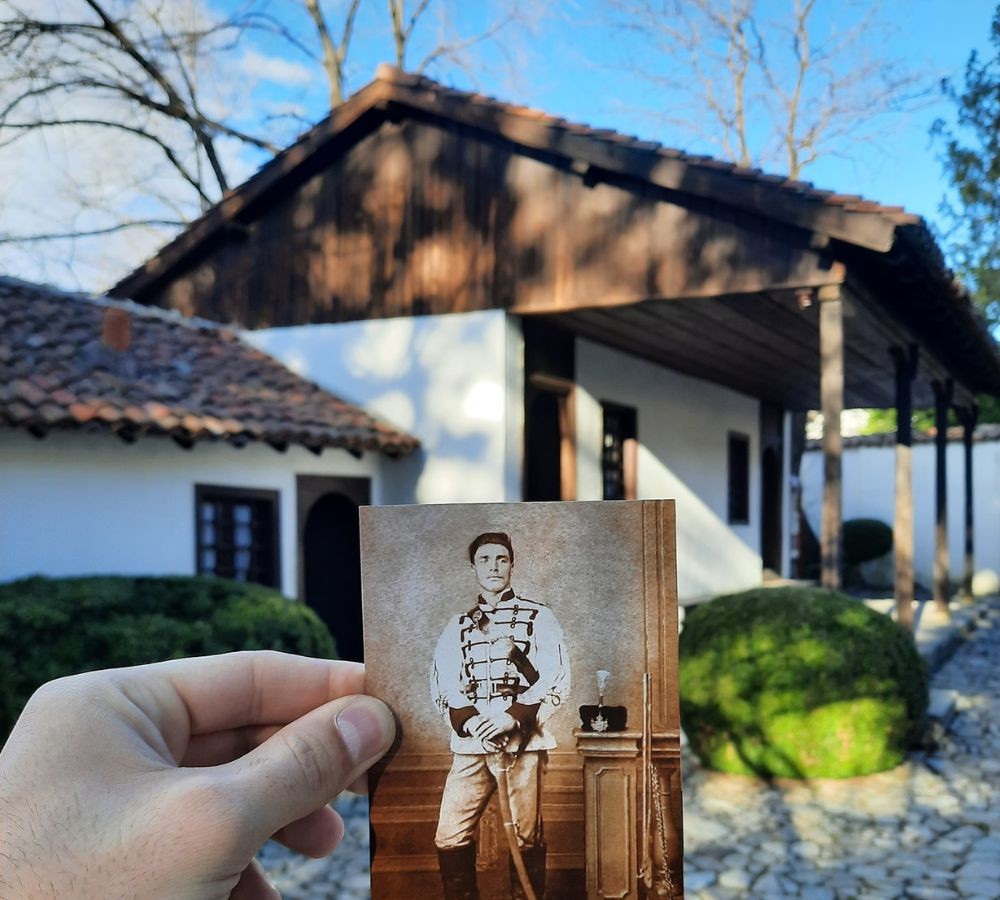
In the heart of the Bulgarian town of Karlovo, we find a small one-story building with a flower-strewn yard. Vasil Kunchev, nicknamed Levski, was born here on July 18, 1837. The house was built in the 18th century by his grandfather Kuncho Ivanov and consists of a bedroom, living room, storage room, workshop and paint shop. In the years of the Liberation, however, the building was abandoned and collapsed. It was later restored, along with the cobbled courtyard, the fountain and the fence. Today, anyone can visit this iconic place, see the small rooms with wooden cupboards and three-legged stools where the Apostle spent his early years. Visitors can also get acquainted with his original photos, personal belongings and documents.
Lovech - a mandatory stop on the Levski trail
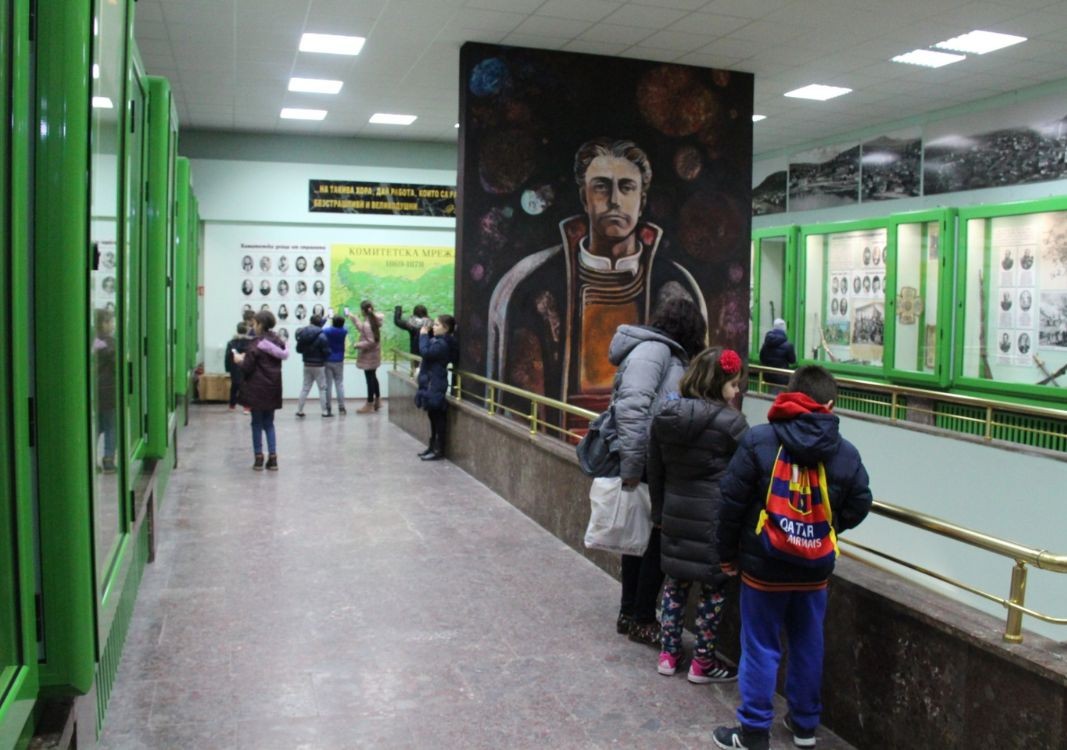
This is the place where the “headquarters” of the Internal Revolutionary Organization he created, was situated. The Deacon spent long time here together and the city is marked by his presence. Nowadays, visitors to the city stop at the Tourist Information Center where they can get "In the Footsteps of the Apostle" map.
"The largest museum dedicated to Vasil Levski is in Lovech, with the largest number of his personal belongings, as well as the largest monument of him, which 14 meters high," Stanislav Stoychev from the municipality of Lovech tells us. Walking across the famous covered bridge one can see a model of the city, where you will find the smallest monument to the Apostle. Levski sang in the choir of the Church of the Assumption, right next to the museum. The houses of Bulgarian revolutionaries Hristo Tsonev-Latinetsa and Maria and Nikola Sirkovs are also here and Levski used to hide there from the Ottomans.”
Visit the Troyan Monastery and Levski's hiding place
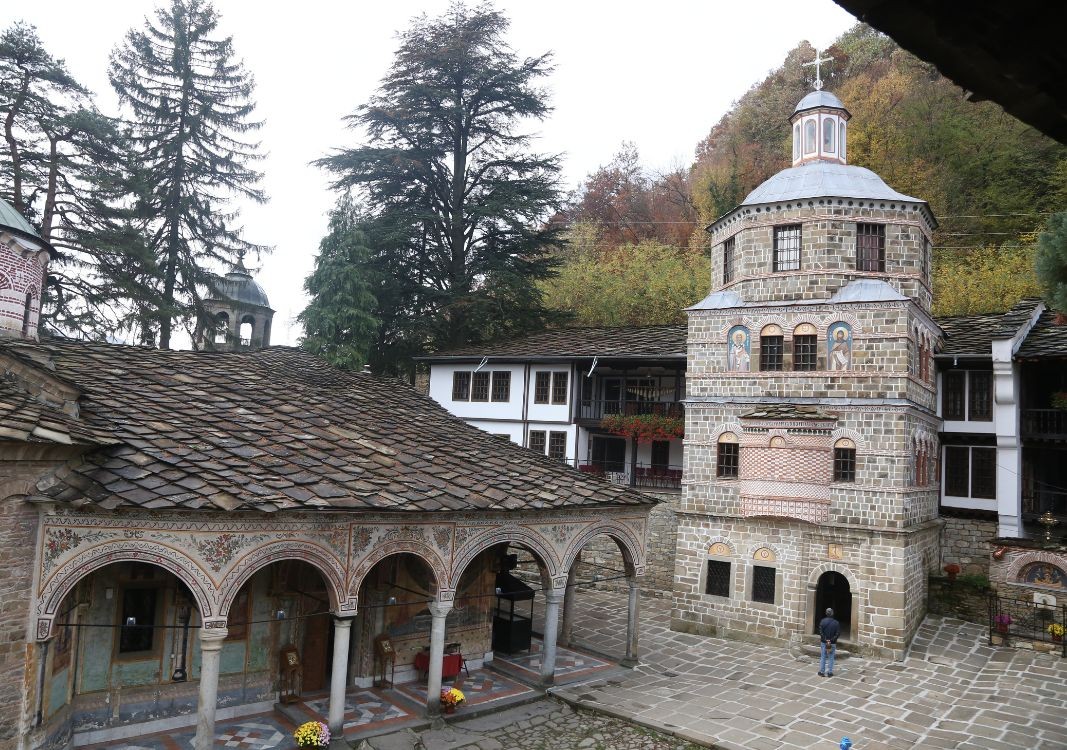
The Apostle of Freedom often stayed in the monastery, where he established the only monastic revolutionary committee in Bulgaria. Nowadays, on the second floor of the monastery, one can see a museum collection dedicated to the Bulgarian national liberation movement, but not only that.
"The hiding place of Vasil Levski was on this floor as from here you could see the whole road in the distance, so if there was any threat coming they could react in time," says Desislava Docheva, an employee in the monastery.
In the days before he was captured, the monks in vain urged the Apostle to stay in the monastery, because of the intense search for him conducted by the Ottoman authorities, but Levski was firm in his decision.
Kakrina Inn, where Levski was captured, is now a museum
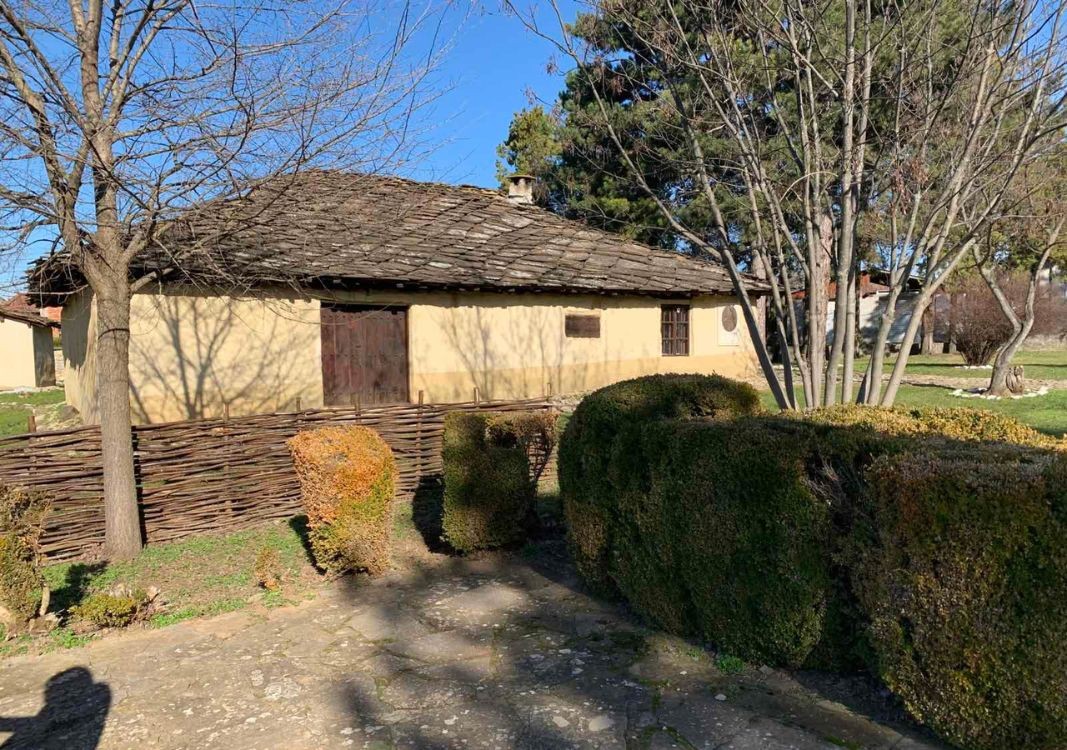
On December 27, 1872, after an attempt to break through the ambush of the Ottoman authorities, Levski was wounded and captured in the Kakrina inn. He was chained and taken in a horse-drawn carriage. The inn was later abandoned, and subsequently was burned down and destroyed. But in the first decades of the 20th century, patriotic Bulgarians restored it. In the courtyard of the museum, they also placed a memorial plaque dedicated to the Apostle of Freedom.
See the original chains the Deacon was shackled in
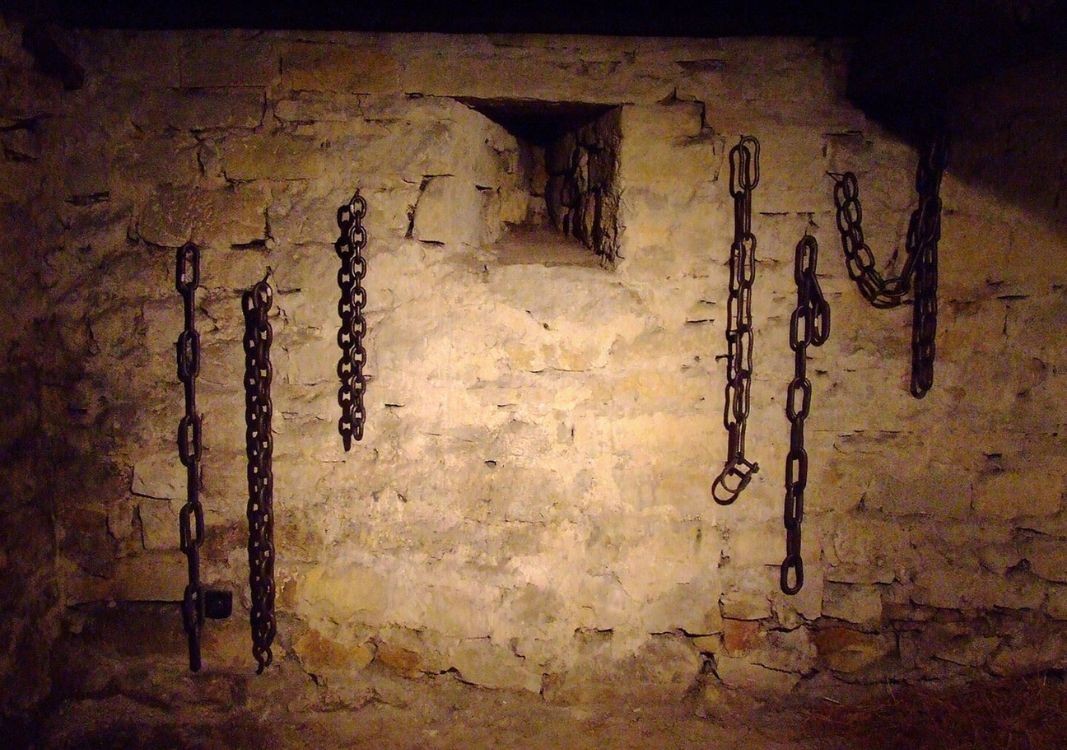
After Levski was captured by the Ottoman authorities, he was brought to a prison in Veliko Tarnovo and thrown into solitary confinement, where he remained for four days. During this time, he was interrogated three times by an extraordinary court. Nowadays, the former prison works as a museum. Tourists can see the cell in which the Deacon was imprisoned, the original chains in which he was shackled, as well as priceless objects related to the revolutionary and the educational activities of the most beloved Bulgarian national hero.
See also: Veliko Tarnovo Museum of Prison keeps memory of hundreds of Bulgarian revolutionaries
English: Al. Markov
Photos: bulgariatravel.org, vlevskimuseum-bg.org, Vasil Levski Museum – Lovech , BGNES, museumvt.com
The publication has been realized under a project implemented with the financial support of the Bulgarian Ministry of Culture, within the framework of the National Program for Commemoration of 150 Years since the Death of Vasil Levski.
The Ministry of Tourism opened the 2025 summer tourist season with an inspiring event in Pomorie – a town that combines sea, history, culture and opportunities for balneological and spa tourism. "A different start to Summer 2025! Good luck to..
The summer season for 2025 has officially begun some “20 kilometres from Burgas”, as a popular song goes – in Pomorie. “Pomorie is well established on the tourist map of Bulgaria, and offers an excellent combination of sea, history, culture, balneo..
Located against the backdrop of the sheer cliffs of the Iskar Gorge, the village of Lyutibrod has evolved into an emblem of wine tourism in the country. Known most of all for a natural rock phenomenon called Ritlite, which is a marker for where the..
They appear in the most unusual places: high in the mountains, on the seashore, under the treetops, and even directly beneath the starry sky. This..

+359 2 9336 661
